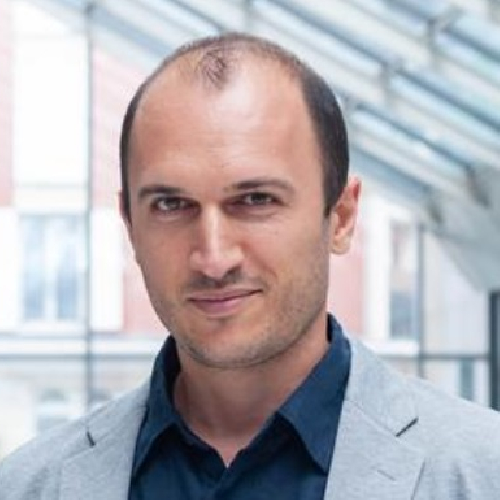@conference{lauber_2757,
title = {Advanced transport models for energetic particles},
author = {Philipp Lauber and Matteo Valerio Falessi and Alessandro Biancalani and Alberto Bottino and Sergio Briguglio and Nakia Carlevaro and Valeria Fusco and Thomas Hayward-Schneider and Florian Holderied and Axel Koenies and Yang Li and Yueyan Li and Guo Meng and Milovanov Alexander and V.-Alin Popa and Stefan Possanner and Gregorio Vlad and Xin Wang and Markus Weiland and Alessandro Zocco and Fulvio Zonca},
url = {https://indico.cern.ch/event/1239458/},
year = {2023},
date = {2023-10-01},
booktitle = {20th European Fusion Theory Conference},
address = {Padova, Italie},
abstract = {In addition to increasingly realistic non-linear global simulations [1, 2, 3], a hierarchy of theory-based re-
duced models is needed to complement the predictions concerning the performance of future burning plas-
mas. Large parameter scans, sensitivity studies and multi-scale physics connecting energetic particle trans-
port with neoclassical (transport) time scales require tools that go beyond what is presently feasible with
first-principles numerical codes. In the view of this challenge we report in this work on the construction,
validation and application of reduced energetic particle (EP) transport models pursued within the framework
of the EUROFusion enabling research project ATEP (Advanced Transport models for EPs).
The general theoretical framework introduces the concept of long-lived toroidally symmetric structures in the
particle phase space (phase space zonal structures, PSZS) that are separated from fast fluctuating contribu-
tions [4, 5]. Comprehensive transport equations have been derived that are designed to capture the evolution
of PSZSs on collisional transport time scales while keeping the important non-linear interactions in a con-
sistent multi-scale description. The model captures physics beyond simpler models (critical gradient, kick
model, quasi-linear) that, however, can be recovered in the appropriate limits. A generalisation of the theory
to stellarator geometry has been started [6]. The DAEPS code [7] and the EP-stability workflow (EP-WF)
[8] based on the code chain HELENA-LIGKA-HAGIS [9, 10, 11] deliver the necessary input for the PSZS
transport equations, i.e. the orbit-and zonally-averaged response for a selected set of markers to a prescribed
set of Alfv?enic perturbations. In addition, neoclassical transport coefficients [12] for the same set of mark-
ers, and general EP distribution functions as calculated by various heating workflows[13] are provided via
standardised IMAS interfaces. The transport equation is then consistently evolved, or EP diffusion coef-
ficients are evaluated for the use in standard transport codes. In addition, a 1d reduced model based on
the beam-plasma bump-on-tail paradigm that is designed to go beyond the quasi-linear approximation and
thus forecast possible EP transport transitions such as avalanching has been successfully compared to the
LIGKA/HAGIS model. The formulation of the models allows one to carry out detailed analyses of transport
scaling laws (diffusive/non-diffusive) for both Alfvenic gap and energetic particle modes using Lagrangian
coherent structures (LCS) [16, 17]. The verification of the reduced models is carried out via comparison
to numerical codes in the appropriate limits (HYMAGYC, (X)HMGC, STRUPHY, ORB5, HAGIS/LIGKA
[14]). To that end, the implementation of PSZS diagnostics in the various codes [18, 19] provides a natural
connection point for benchmarking with the reduced models. Several time-dependent scenarios from present-
day and future experiments (in particular AUG, JT-60SA, TCV, DTT, JET,ITER) have been collected and are
being analysed.
In summary, the PSZS transport theory and the LIGKA-HAGIS workflow ATEP provide a new and promis-
ing approach to address the challenge of describing EP transport in fusion plasmas. With their ability to
capture multi-scale physics, account for non-linear interactions, and forecast transport transitions, these re-
duced models have significant potential to enhance our understanding of EP transport.},
note = {https://indico.cern.ch/event/1239458/contributions/5513773/
2-5 oct. 2023
20th European Fusion Theory Conference},
keywords = {},
pubstate = {published},
tppubtype = {conference}
}















